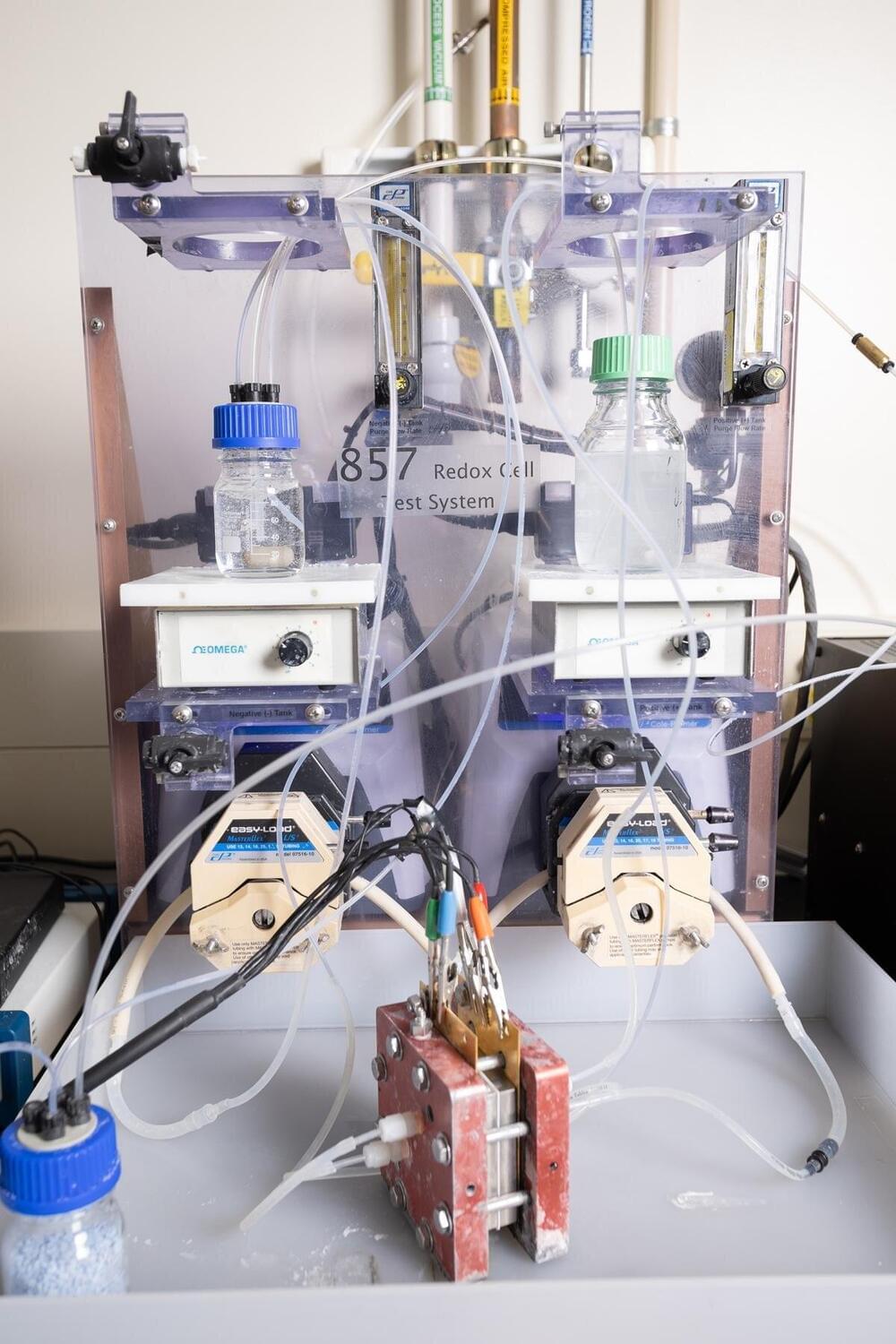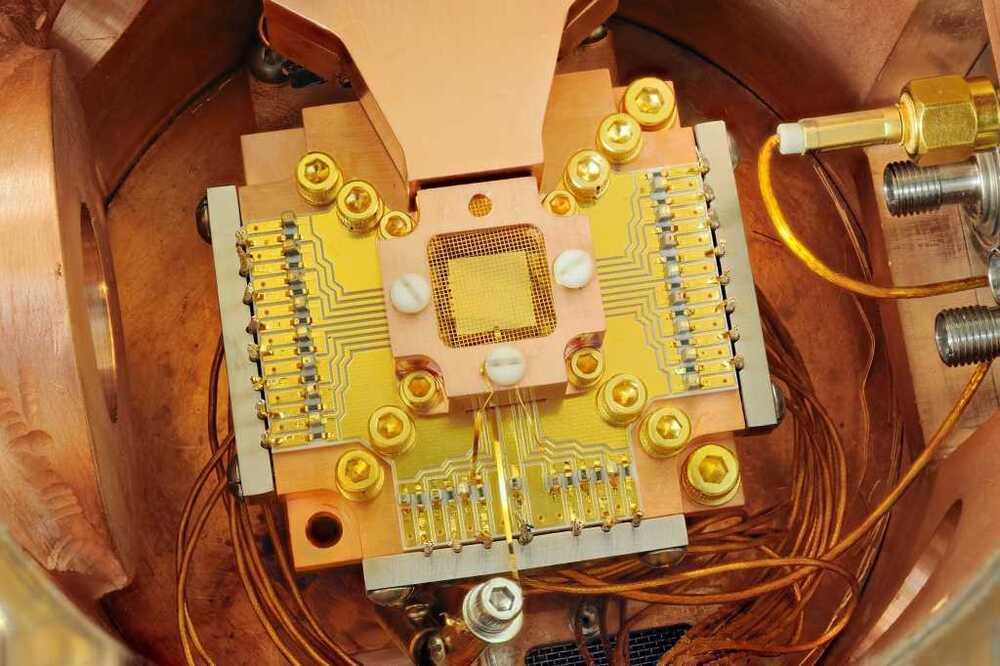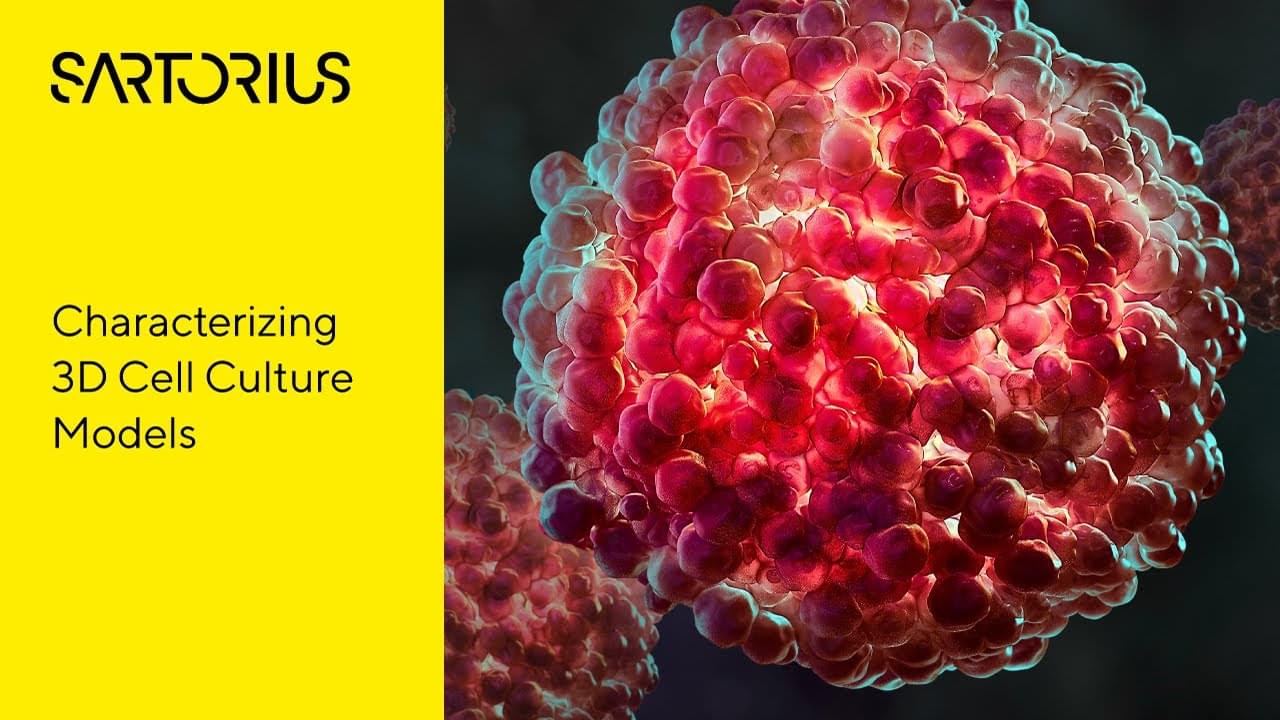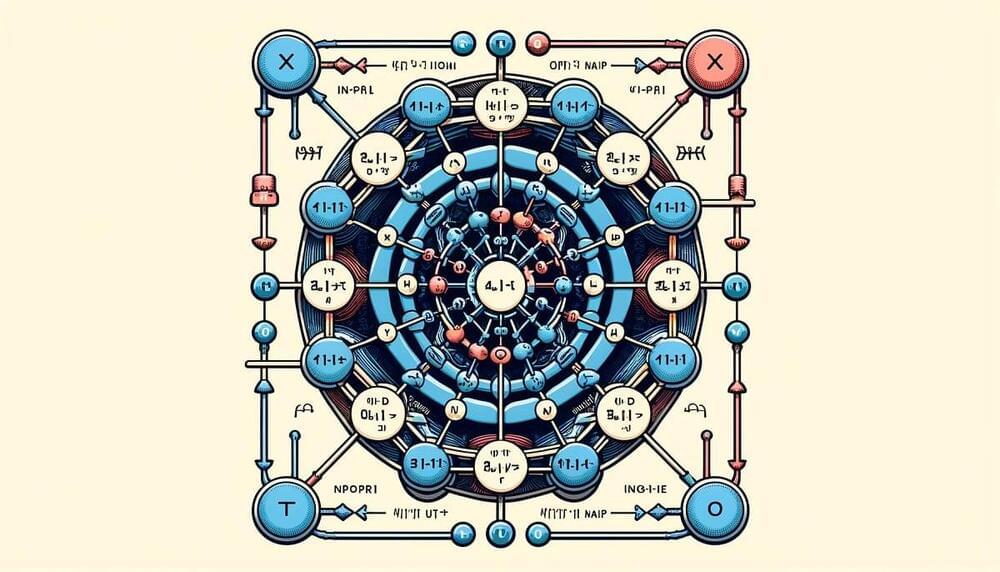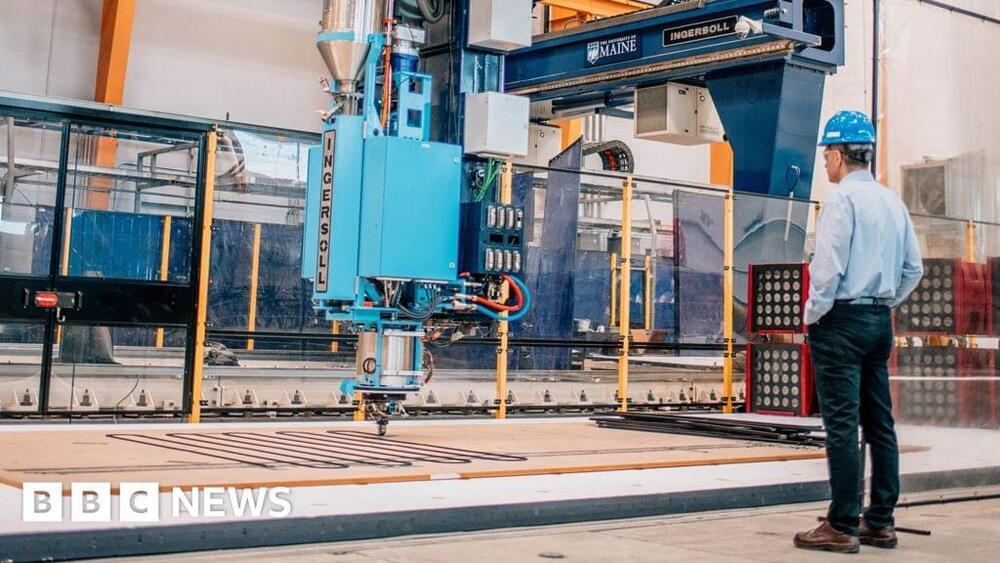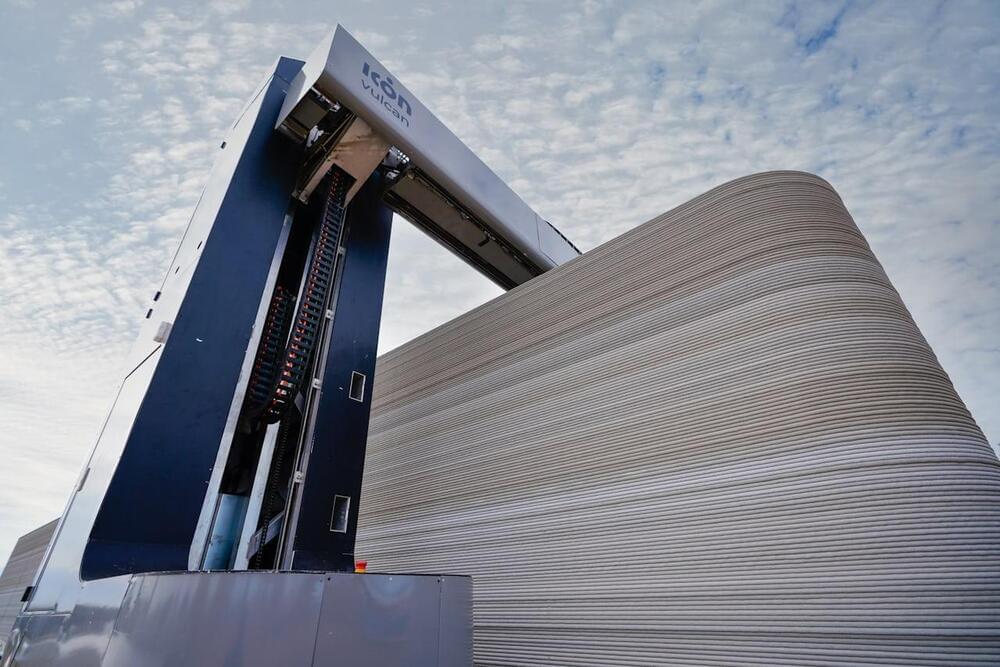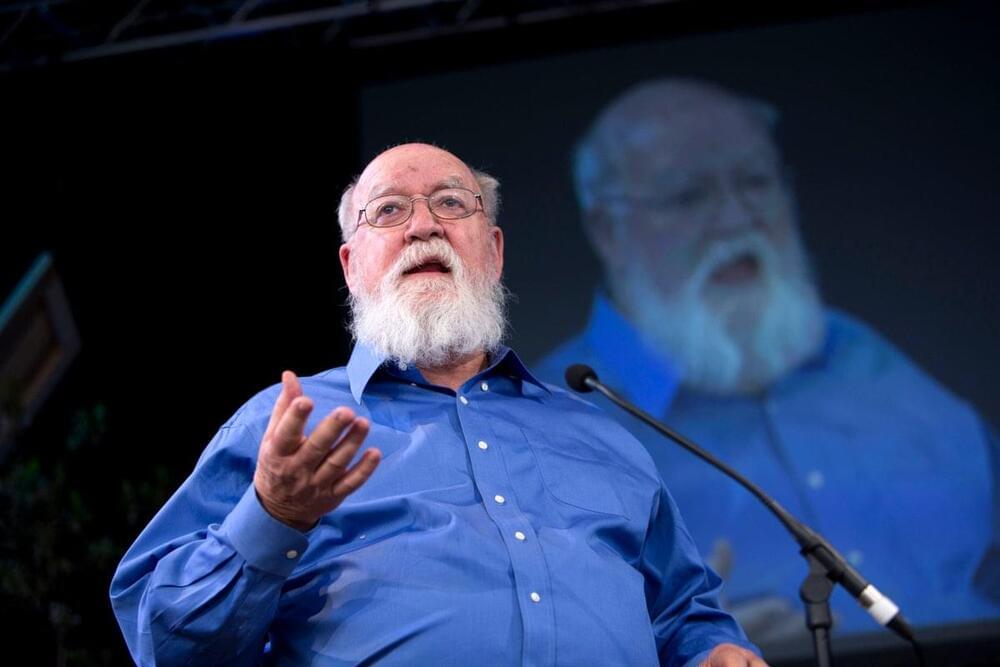Apr 28, 2024
Google Chrome’s new post-quantum cryptography may break TLS connections
Posted by Genevieve Klien in categories: encryption, information science, quantum physics
Some Google Chrome users report having issues connecting to websites, servers, and firewalls after Chrome 124 was released last week with the new quantum-resistant X25519Kyber768 encapsulation mechanism enabled by default.
Google started testing the post-quantum secure TLS key encapsulation mechanism in August and has now enabled it in the latest Chrome version for all users.
The new version utilizes the Kyber768 quantum-resistant key agreement algorithm for TLS 1.3 and QUIC connections to protect Chrome TLS traffic against quantum cryptanalysis.

